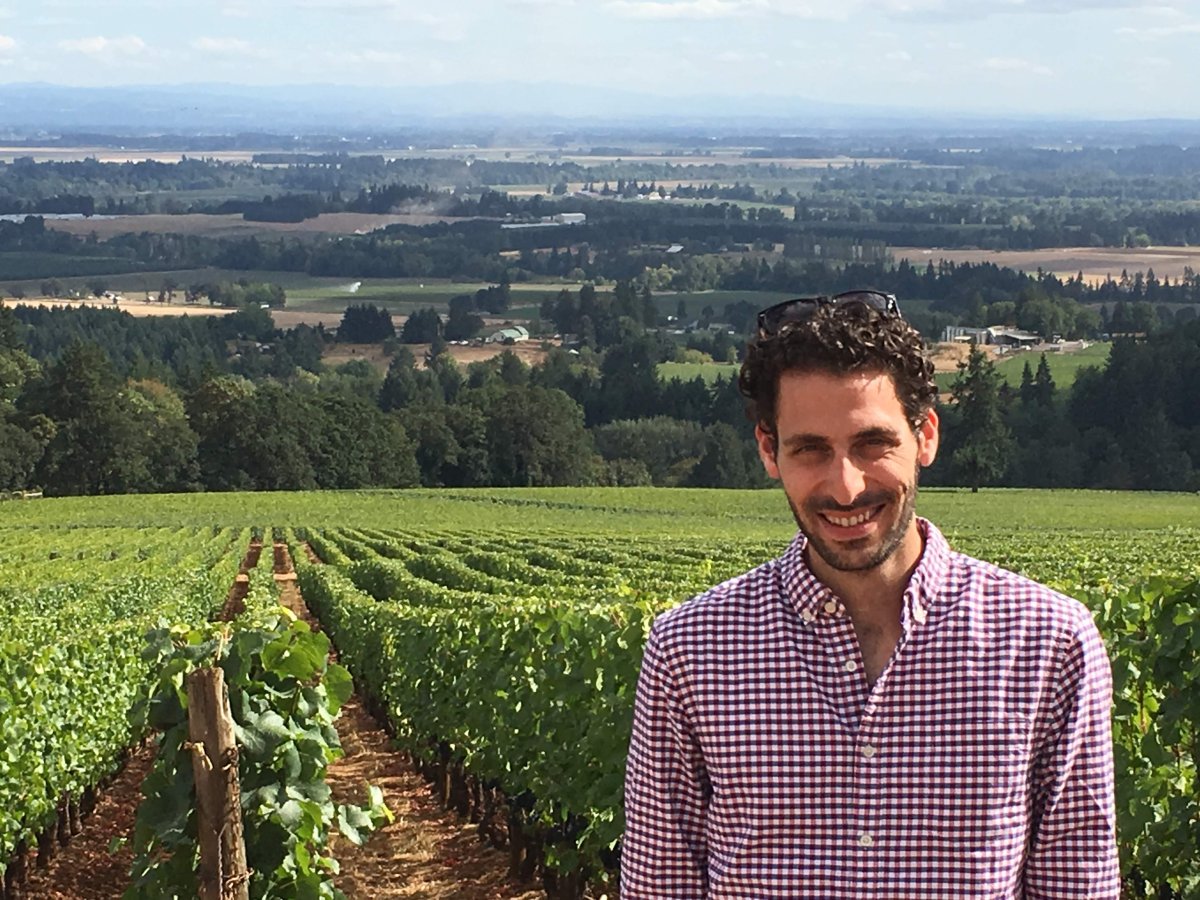Catching lightning in a bottle: new faculty member studies the physics of transient events

Ben Margalit is a new faculty member in the School and a theoretical astrophysicist who studies the fundamental physics of star explosions, collisions and other examples of intergalactic violence such as a black hole passing near a galaxy and “shredding it to spaghetti.”
Most objects in astrophysics evolve over a period of billions of years making it difficult to capture changes in a single object. There are occasional dramatic, sudden changes in objects such as supernovae, but they are rare and usually at great distances from our galaxy making them difficult to see granular detail. Finding events that happen on perceptible time scales, ranging in duration from milliseconds to decades, is a rarity in astrophysics. New telescopes such as the Zwicky Transient Facility (ZTF) and new ground-based observatories such as the Laser Interferometer Gravitational-wave Observatory (LIGO), which detects the gravitational waves produced by such dramatic “transient” events, are starting to capture more of these events..
As part of his job, Margalit works closely with observational astronomers in selecting the kinds of places to look for transient events. “In astronomy, we typically can’t experiment in the lab. We just have to wait for things to happen in the Universe. But theoretical work can help provide an idea of where and how to detect a certain type of event. It is also critical in interpreting what we see, which is super fun, especially when a new anomaly is found.” Margalit and his group have had their pick of a “ton of new phenomena.”
“I think of this as detective work to try to unravel a puzzle presented to us by the cosmos,” Margalit says. For example, his group investigated fast radio bursts (FRBs), a new class of events, discovered less than a decade ago. “Someone unexpectedly discovered these millisecond blips of radio emission and it led to questions. Why are they here? Why haven’t we seen them earlier?”
For many years it was one observation, and most of the community was skeptical. It took some time for other telescopes to start to detect FRBs because they could be easily confused with background contamination from cell phones etc. “I had worked on a theory whereby the bursts were produced by highly magnetized neutron stars, (the collapsed remnants of massive stars that have exploded). Several years later, we found direct confirmation that such neutron stars are indeed the source of at least some FRBs.”
Margalit and his group also study neutron star collisions. One of the aims is understanding the role these collisions play in the formation of heavy elements in the Universe. Gold, for example, is one such element that is now thought to be produced primarily in the extreme conditions encountered in neutron star collisions. These extreme conditions also feature the densest form of matter in the Universe. By studying the coalescence of neutron stars millions of light years away, Margalit and colleagues have been able to glean novel insight into the properties of matter in such dense environments, conditions that are difficult to study any other way.
Supernovae, which occur when a massive star collapses and explodes, are the most famous transient events, and Margalit’s group is learning more about those as well. “What we’ve discovered is a huge diversity in these kinds of explosions, just by observing a few weirdos, a few anomalous explosions that don’t fit in the classification. He says there is a whole suite of questions related to supernovae and the deaths of massive stars. They’ve been used to make many important determinations, including the Nobel prize winning observation of the accelerating expansion of the Universe. However many questions remain. “We are used to observing optical phenomena that evolve slowly. We’ve barely started to probe fast moving phenomena.”
Margalit is currently looking for students and researchers to help him unravel more of the mysteries around these phenomena. Margalit says he is excited to join others with similar interests in transient events, such as Pat Kelly, who studies supernovae, and Michael Coughlin and Vuk Mandic who are part of the LIGO collaboration.